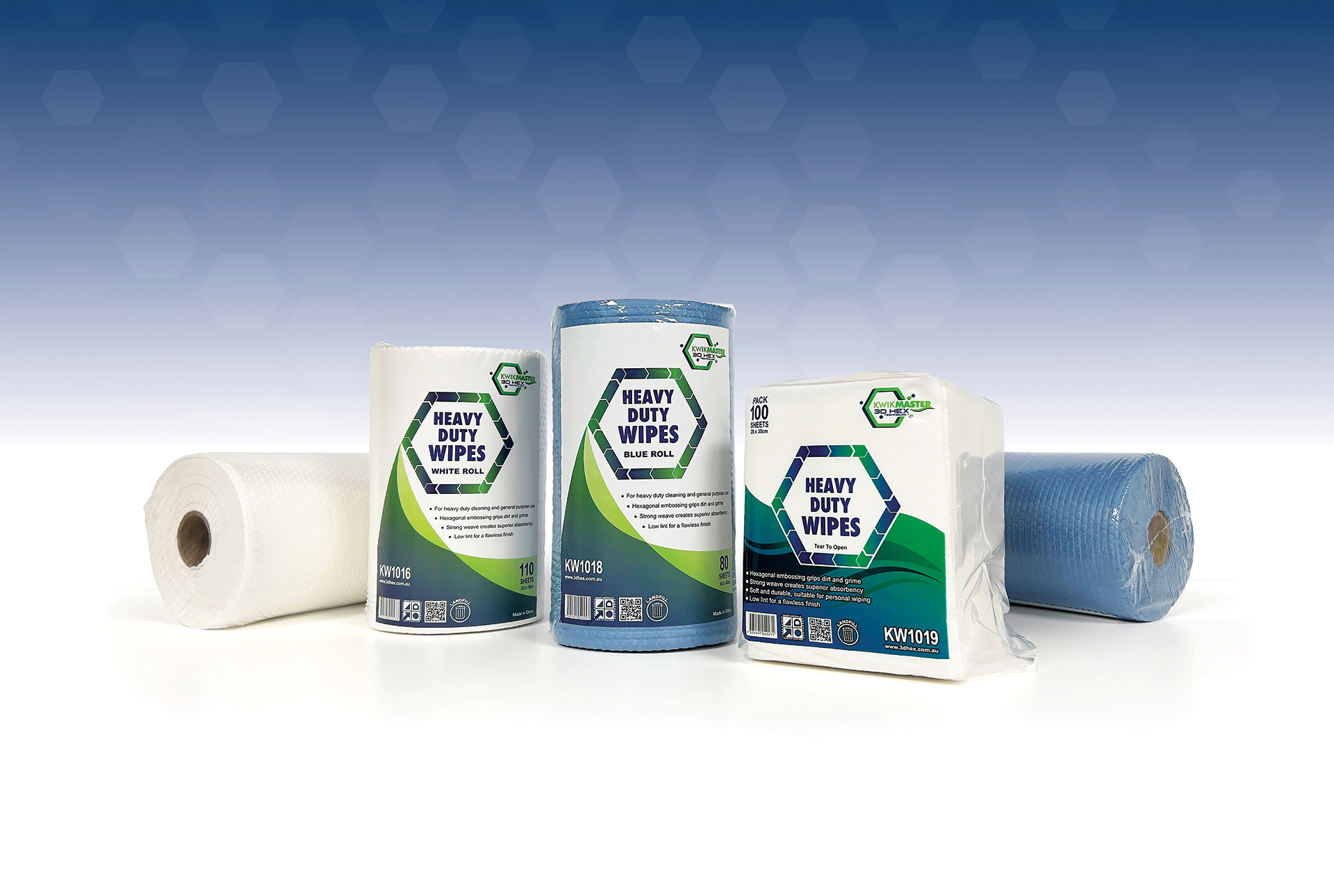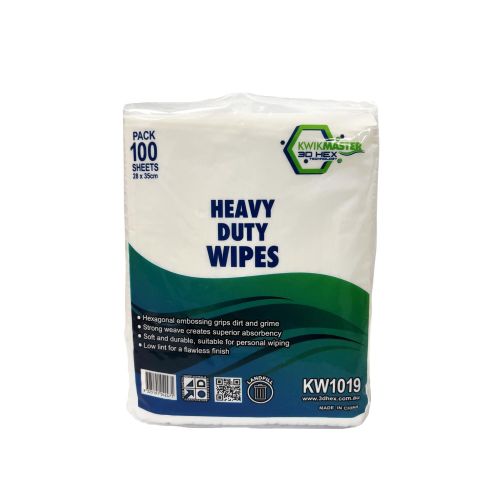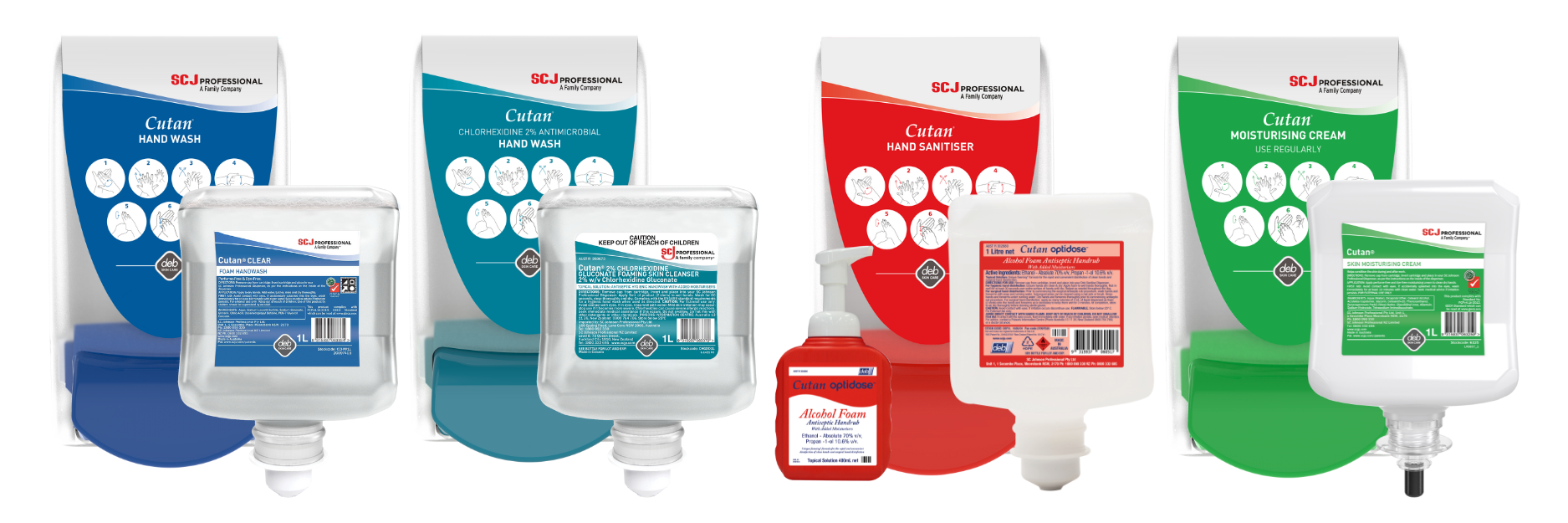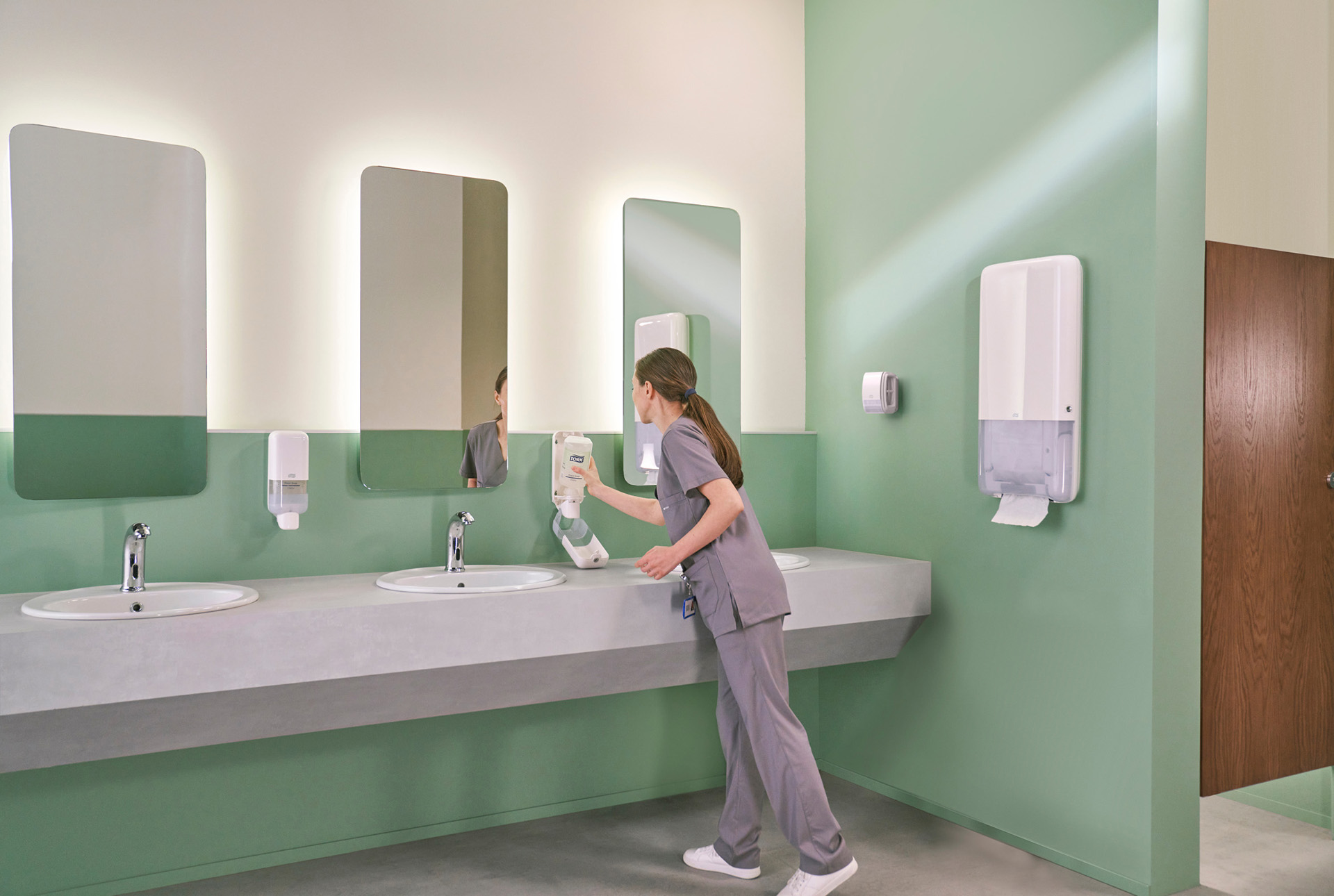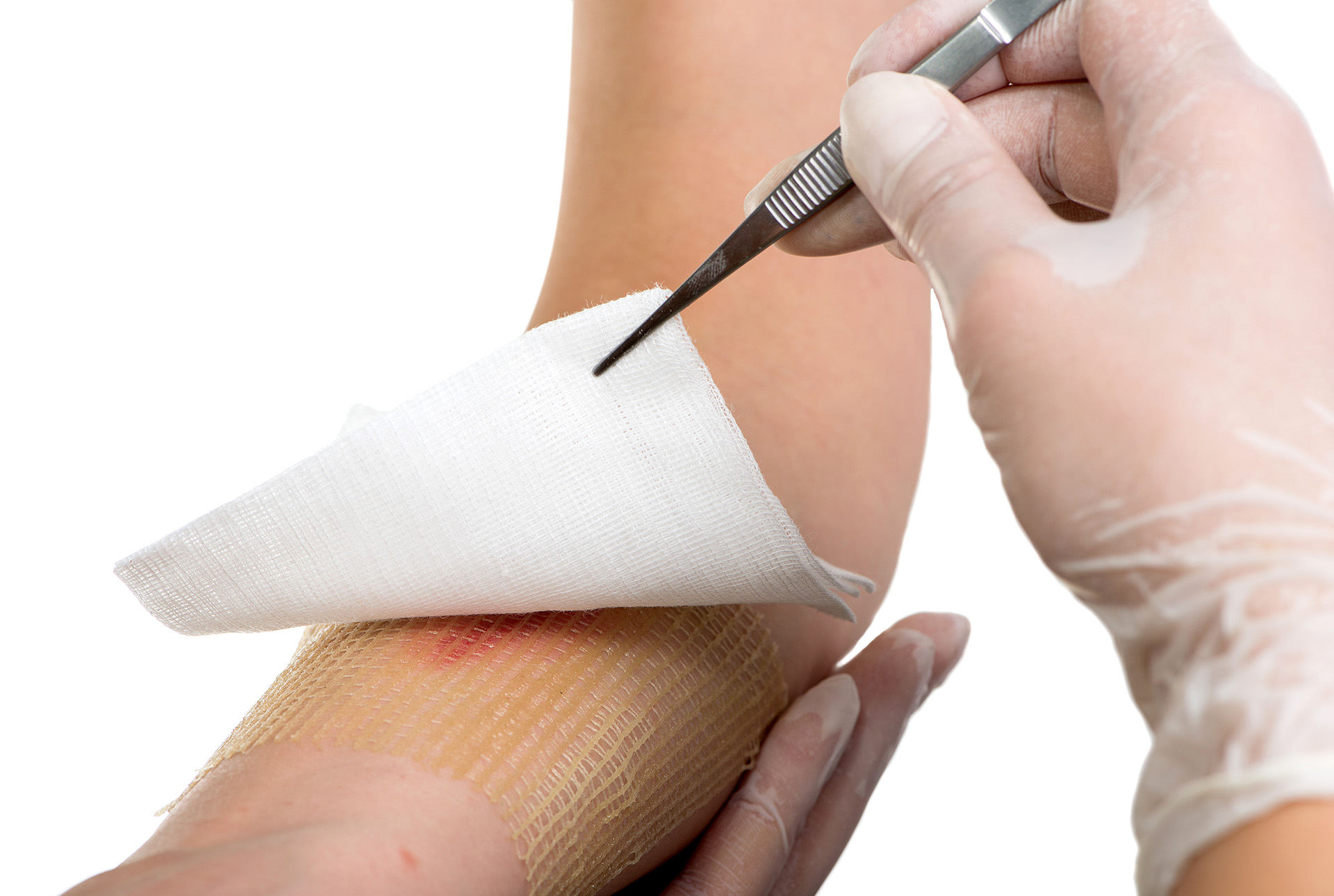Bees teach us a lot about hard work and organisation, and their honeycombs have inspired some high-tech ways in which we can keep our workplaces clean. Wipes with hexagonal geometrical embossing, modelled on honeycomb structures, trap dirt in regularly spaced grooves, guiding dirt and liquid into fibre gaps to maximise cleaning efficiency. “Traditional smooth wipes can push dirt around, whereas embossed patterns create micro-reservoirs that trap particles, moisture, and bacteria, leading to superior dirt removal,” says Bunzl Australia & New Zealand Category Manager Malcolm Barclay. The hex pattern, which emerged in the early 2010s as part of a rise in biomimicry in material science, is just one way in which wipes have evolved from their humble beginnings as simple fabric- or paper-based sheets. “Wipes and wipers have undergone significant advancements over the years, driven by innovations in materials, manufacturing techniques, and industry hygiene standards,” says Barclay. For any industry in which hygiene is paramount – such as aged care, hospitality and education – the latest cleaning tech offers some clear advantages.
Wipes and wipers have undergone significant advancements over the years, driven by innovations in materials, manufacturing techniques, and industry hygiene standards.
BRIDGING THE GAP
Wipes and wipers are generally regarded as very different products. Wipes tend to be single-use, sometimes moistened, sheets designed for quick applications such as disinfecting surfaces, personal care, and light-duty cleaning. Wipers, on the other hand, tend to be larger, thicker cloths, designed for heavy-duty and professional applications, such as in food service or healthcare environments. They offer higher durability, absorption, and cost efficiency in the long run. But, evolution is blurring the boundary. Wipes have benefited from the development of non-woven materials and microfibre technology, while advanced embossing techniques have enhanced their durability, absorption capacity, and ability to trap dirt and bacteria.
“For wipers,” Barclay explains, “the focus has been on creating low-lint, highly absorbent, and reusable materials suitable for industrial, healthcare, and food service applications. Innovations like embossed textures, multi-layer constructions, and engineered fibres have significantly improved performance, allowing for more efficient cleaning with less effort and fewer chemicals.”
As a result of all these advances, newer wipes offer the best of both worlds, providing soft and pliable ease of use alongside high absorption, enhanced lint-free cleaning efficiency, and durability. These new products are versatile. The combination of high-density fibres with optimised embossing depth balances flexibility and structural stability.
The manufacturing process has also advanced with the development of precision heat-press forming technology that ensures consistent embossing depth and uniformity, which improves performance. The latest advances in materials and manufacturing, combined with the super-effective honeycomb-inspired hex pattern, are proving to be the bee’s knees

